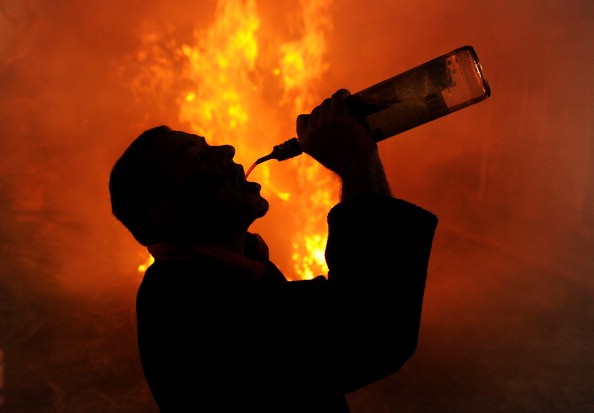
The good news is that consumption of alcohol has gone down in wealthier, developed countries in the last 20 years. The bad news is that binge drinking among young people has gone up.
These results are from a study by the Organization for Economic Cooperation and Development (OECD), an international group with 34 member nations. Over the past 20 years, the annual amount of alcohol consumed on average in the group's member nations has gone down 2.5%. The average consumption of pure alcohol is about 2.4 gallons per year per person.
While the overall amount of alcohol per person is going down, there is a troubling trend among young people. The incidence of young people binging on alcohol is going up. The OECD determined binge drinking both by the amount of alcohol consumed and the rate at which it was consumed. Binge drinking is usually defined as having five or more drinks on one occasion once a week.
In its report, the OECD noted that more people die from the harmful effects of excess drinking than from HIV, AIDS, violence, and tuberculosis combined.
The OECD's report found that the proportion of boys aged 15 and younger who had been drunk rose to 43% from 30% during the 2000s, while for girls the proportion rose to 41% from 26%.
Regular binge drinking by young adults has risen among both men and women in Canada, Germany, and Italy over the past 20 years, the OECD said, and has also risen among French men and New Zealand women. However, the rate of binge drinking fell during this period in England and Ireland.
While Estonia, Austria, and France had the highest rates of alcohol consumption, with more than 3.17 gallons consumed per person each year on average, consumption has dropped in Austria and France. In Estonia, it has continued to rise, up nearly 60% between 1992 and 2012.
You can find the OECD's suggestions for action and a link to the report at http://www.oecd.org/newsroom/oecdoutlinesactionforgovernmentstotackleheavycostofharmfuldrinking.htm.



